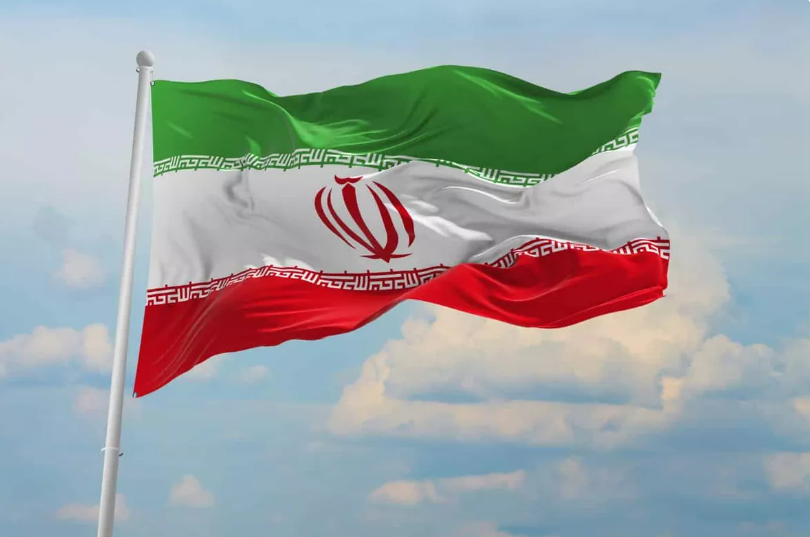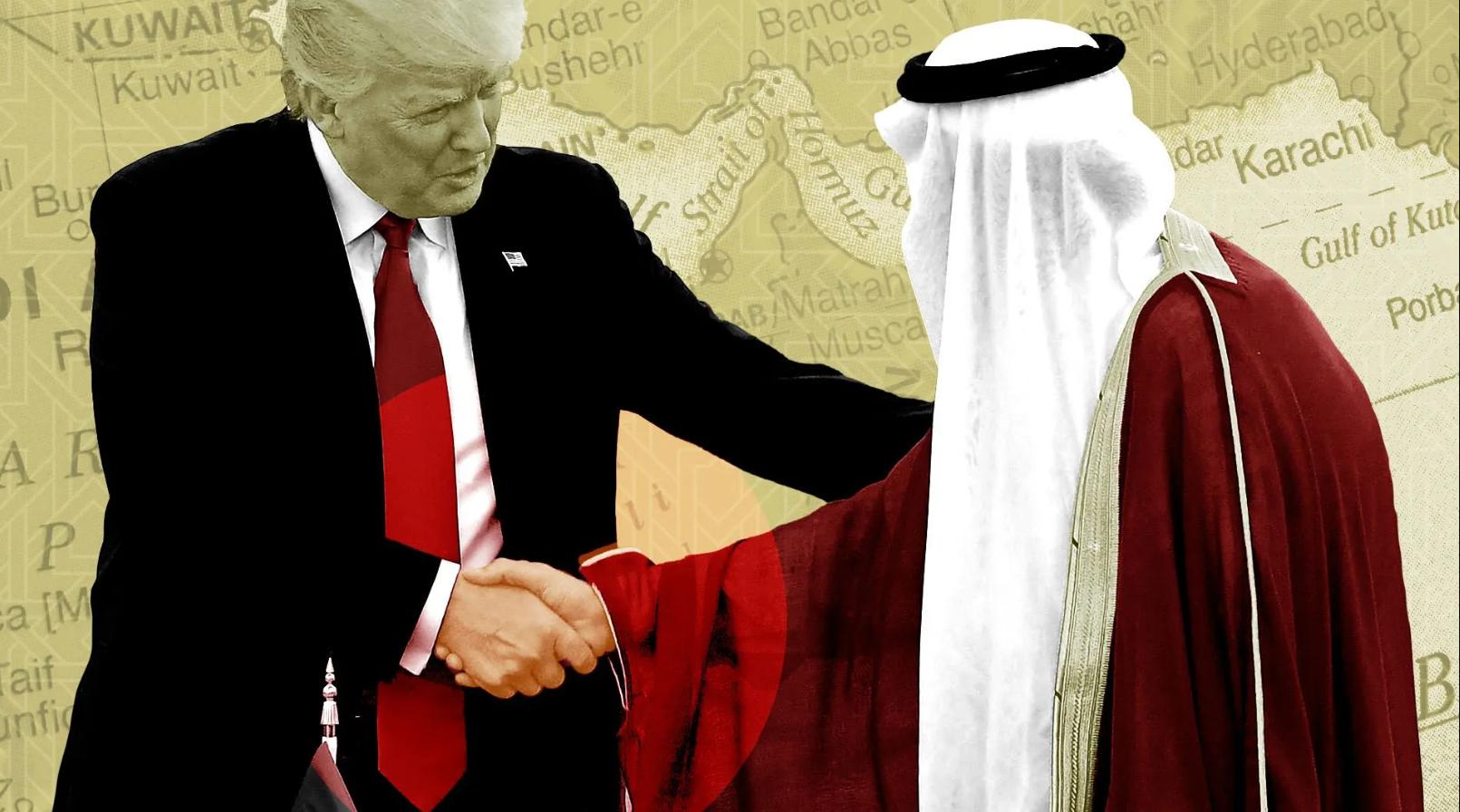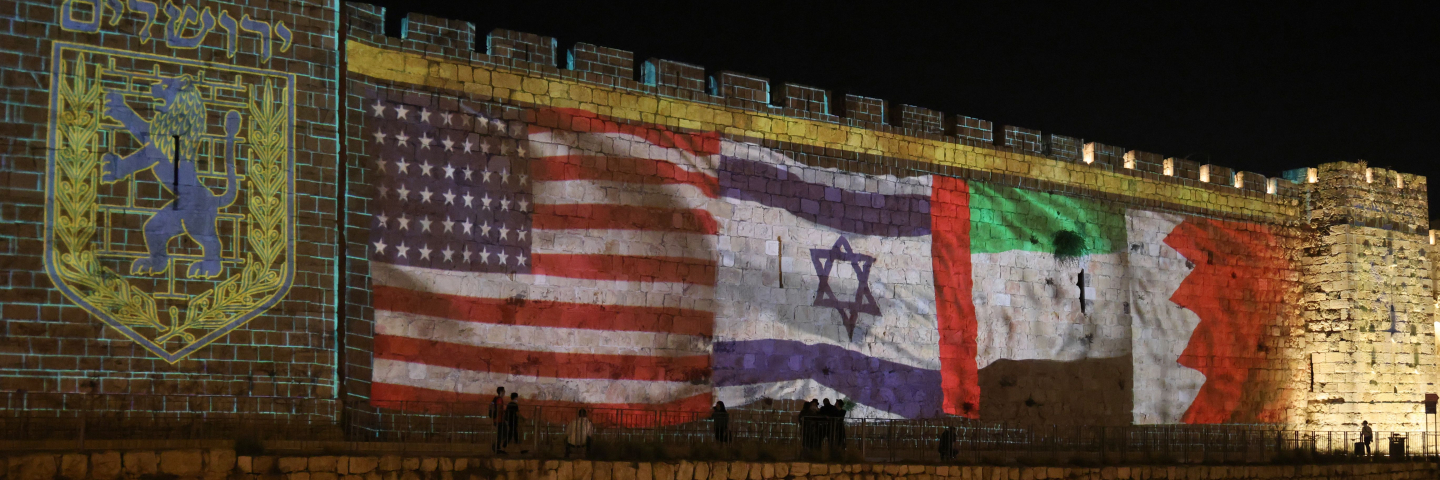Iran has previously experienced neighboring the United States through its military presence in Afghanistan and Iraq. Therefore, although the strong U.S. presence in the South Caucasus poses a serious challenge, it is not an entirely new experience for Iran, and this very experience can provide greater direction and depth to its future policymaking in the region.
By Afifeh Abedi, International, Caucasus affairs expert
The South Caucasus, due to its unique geography, natural resources, and proximity to three major players—Iran, Russia, and Turkey—holds outstanding geopolitical significance. This importance extends far beyond the region itself, directly shaping the way relations between actors are formed, whether through conflict or peace. Much of the historical disputes, as well as the countless plans for energy corridors and transit routes, can be traced back to the fact that the Caucasus lies at a crossroads linking Europe, Russia, Turkey, Iran, and Central Asia.
For this reason, Iran has never lost sight of the South Caucasus. Yet in practice, it has not been able to fully cash in on the potential benefits of the region. Several factors explain this shortfall. Efforts to align with Russia’s policies and interests have sometimes curtailed Iran’s room for independent maneuver. At other times, the involvement of extra-regional players with far greater financial and political clout has succeeded in luring regional states into their orbit. Meanwhile, Iran has been weighed down by sanctions, distracted by a host of foreign policy challenges, and largely absorbed by its security priorities in West Asia—all of which have diluted its influence in the Caucasus.
Still, Iran has at least managed to keep the South Caucasus from becoming a direct source of threats to its national security. The greater concern, however, is that Tehran has failed to make the most of the region’s opportunities, while its rivals have often turned even slight chances into big gains.
Iran’s main strategy for managing disputes and promoting regional stability has been to adopt a “balanced policy.” Given the current landscape, this approach is not without logic, since strategic alliances in the South Caucasus are themselves riddled with weaknesses and contradictions. Even when Iran has sought closer ties with Armenia, the internal divisions within Yerevan have limited results, with today’s dynamics being part of those very contradictions.
It is in this context that projects such as the Zangezur Corridor and the so-called Trump Route have come to the fore. In such ventures, geographical proximity often outweighs both investment volumes and the might of outside sponsors. That is why the Zangezur Corridor is seen as costlier than the Trump Route, though the two can be complementary rather than mutually exclusive. For Iran, the bigger concern lies not in the routes themselves, but in their potential military and security repercussions for the region.
Yet Iran holds a strategic position that can overshadow even the Zangezur Corridor or the Trump Route. Neighboring four geostrategic zones, enjoying access to open waters, and lying on the natural East–West and North–South axes, Tehran has diverse opportunities within reach.
Moreover, rival roads are still a long way from becoming fully operational, given the need for stable financing, security guarantees, and resolution of border issues. Their success depends heavily on risk management and political continuity. This time gap could open the door for Iran to push forward its own routes and projects, involving both Armenia and Azerbaijan—initiatives that are not only feasible but also actionable.
In the end, one key point must be underscored: Iran has already experienced “neighboring the United States” through Washington’s military presence in Afghanistan and Iraq. So, while America’s growing footprint in the South Caucasus is undoubtedly a serious challenge, it is by no means an unfamiliar one. This prior experience could give Tehran added depth and direction in shaping its future policy in the region.







